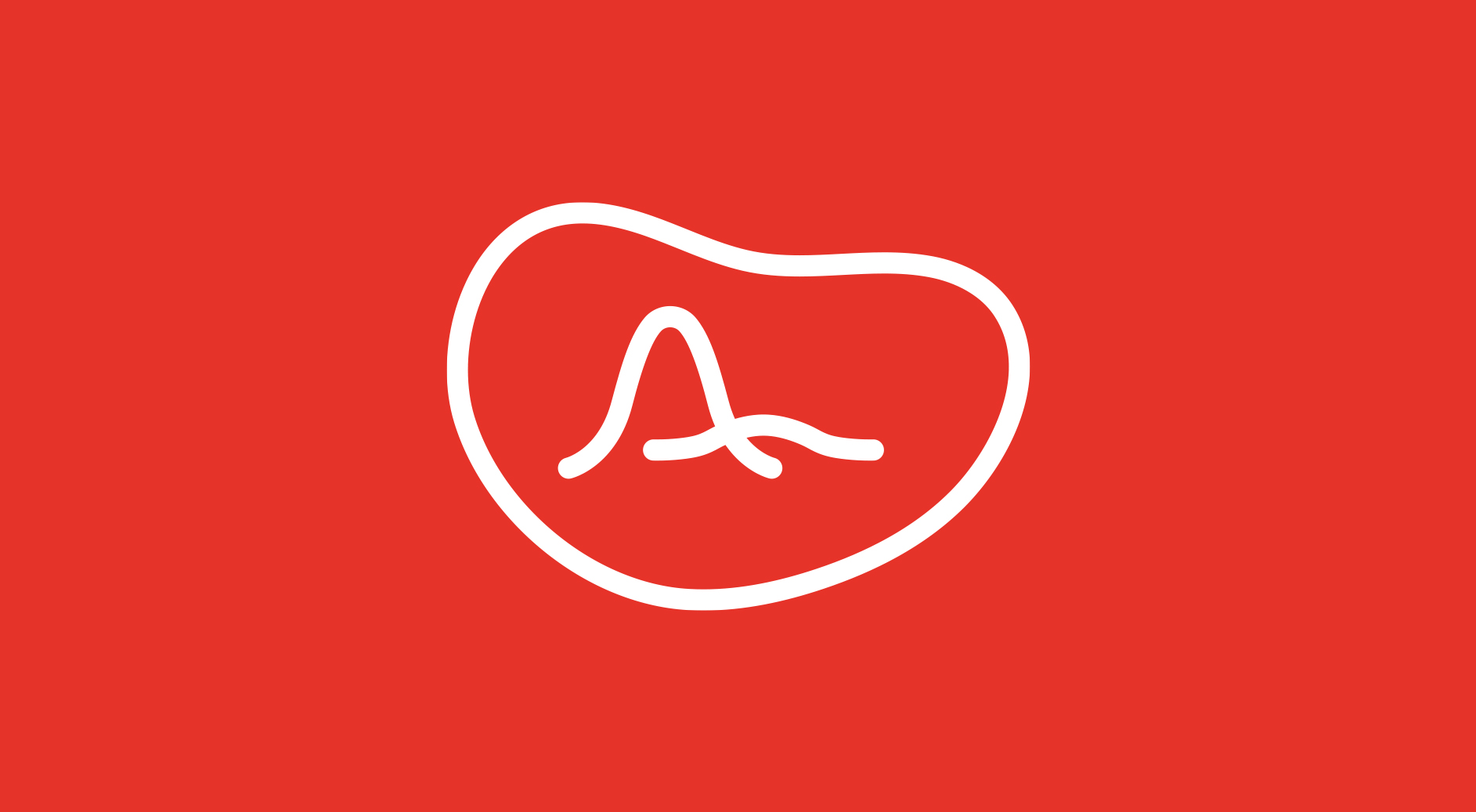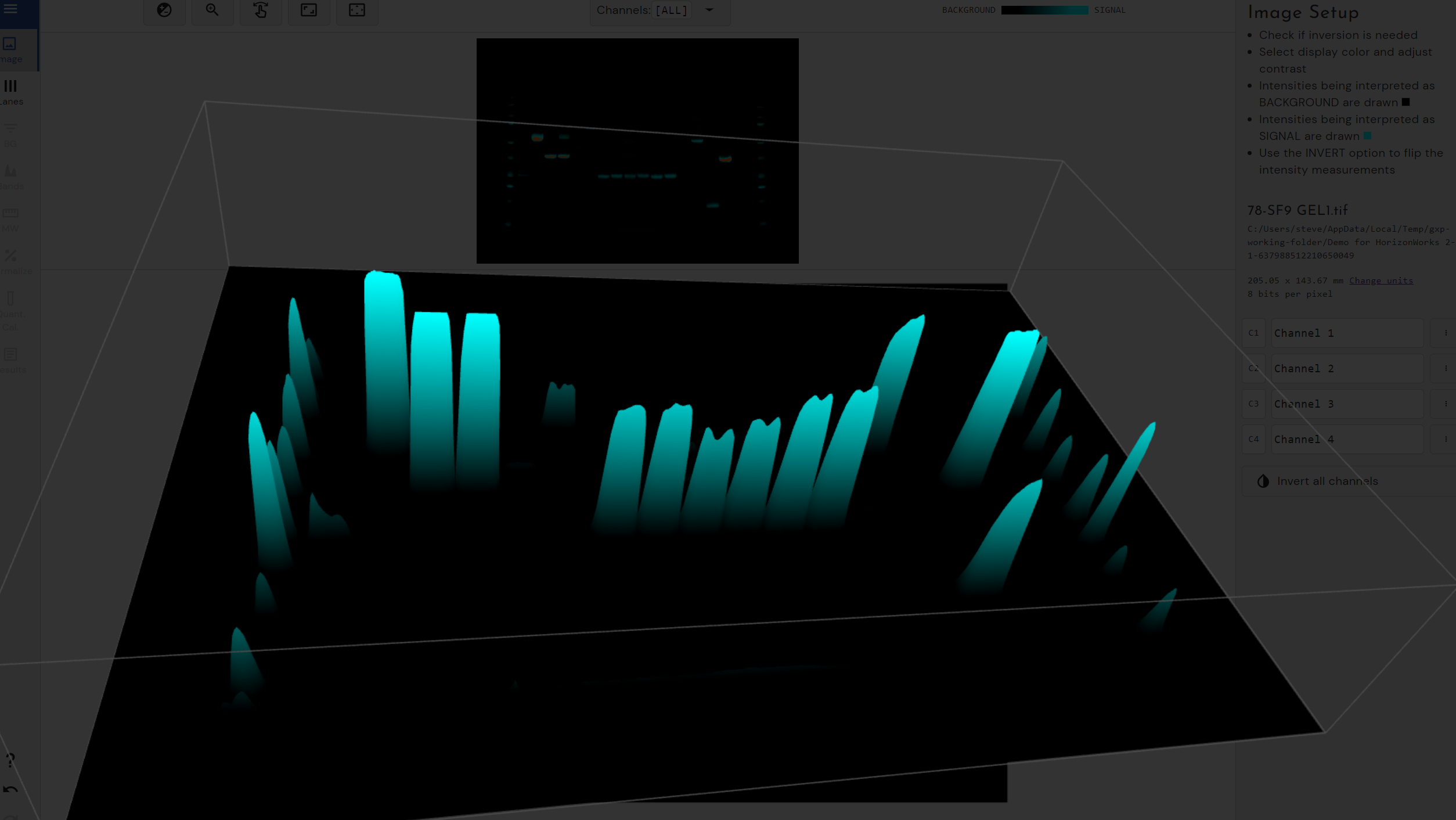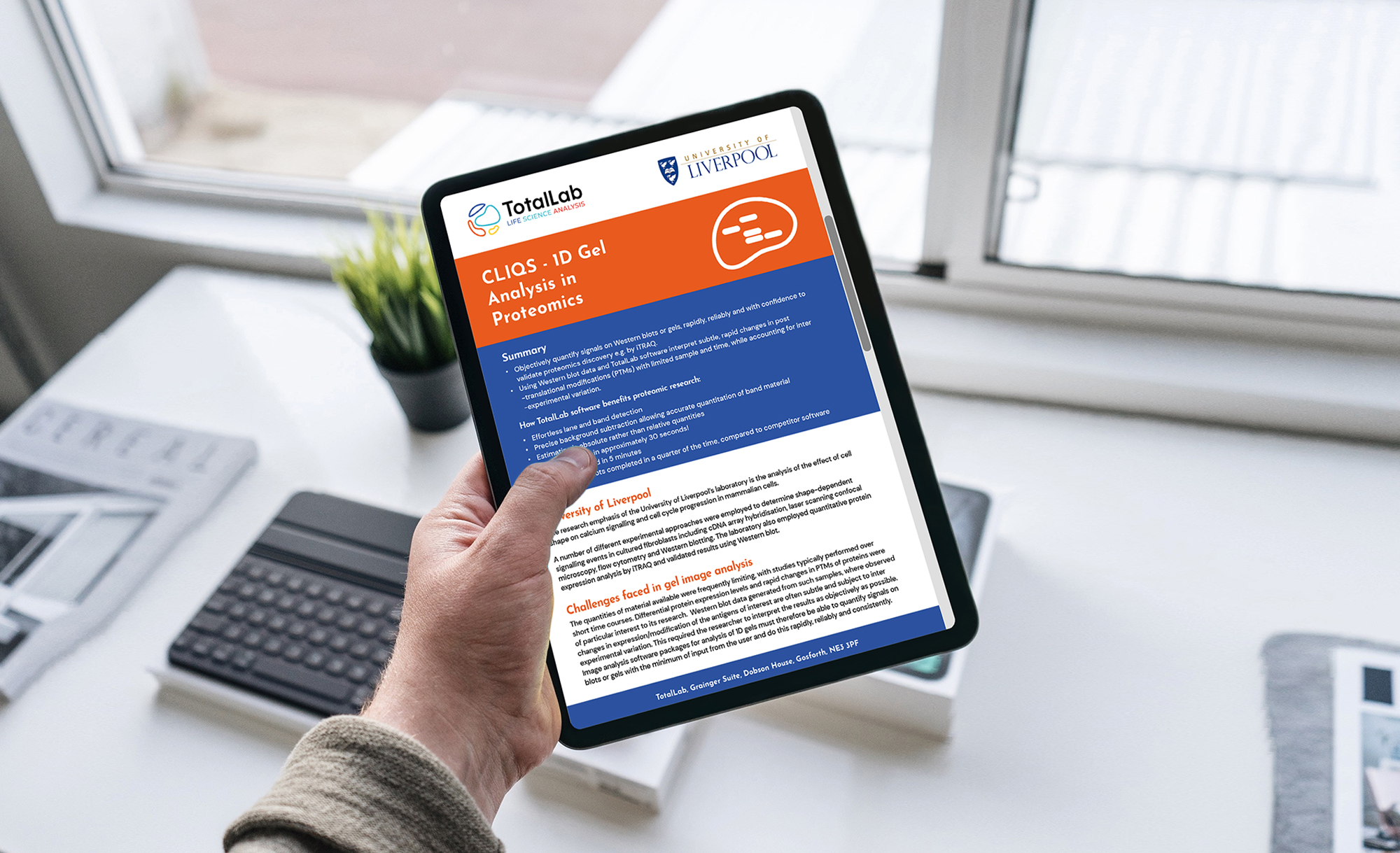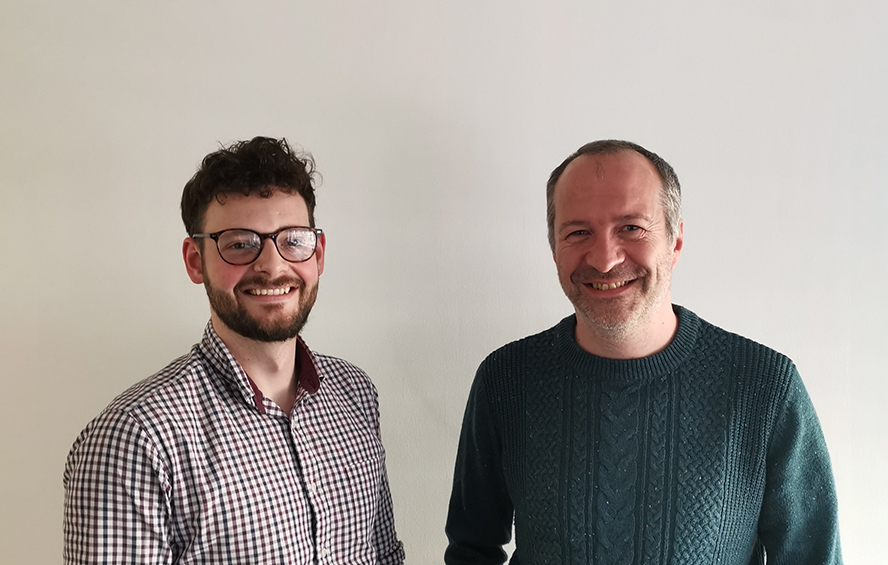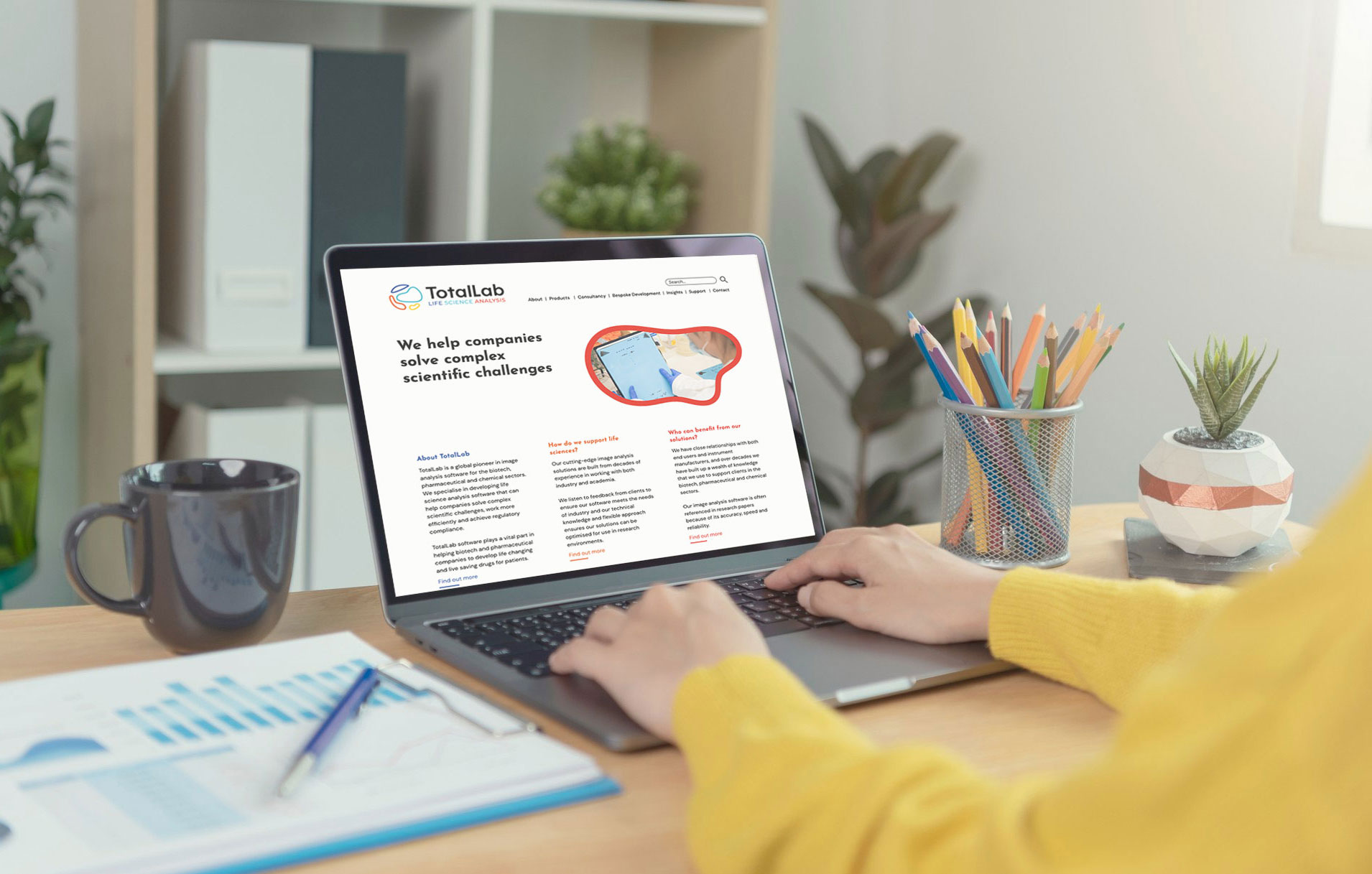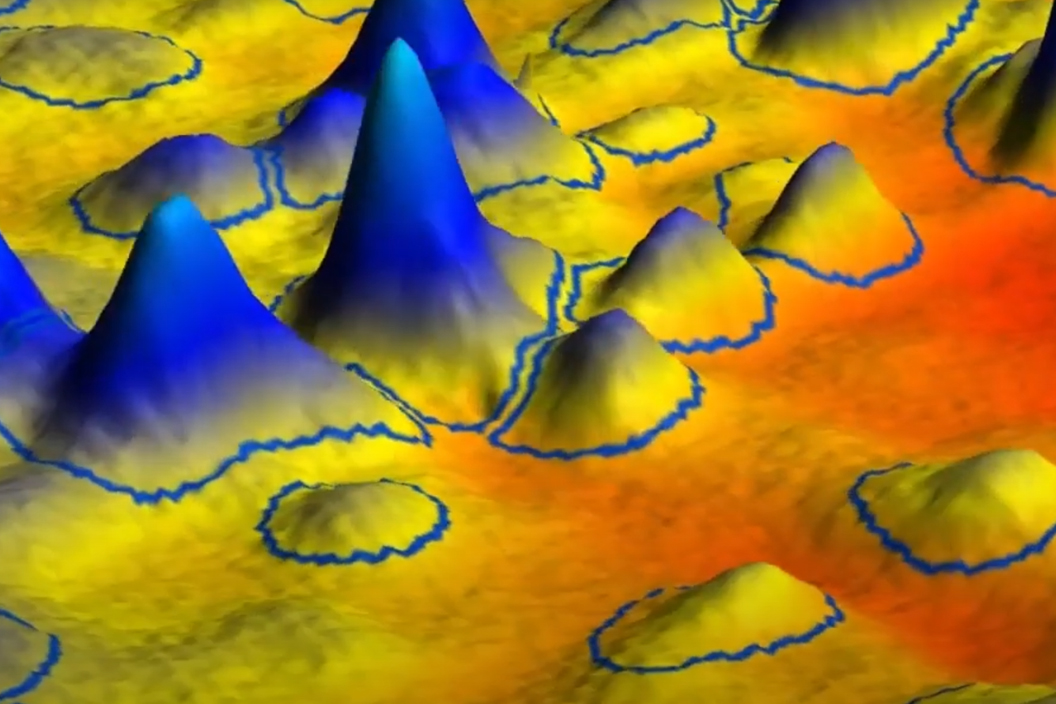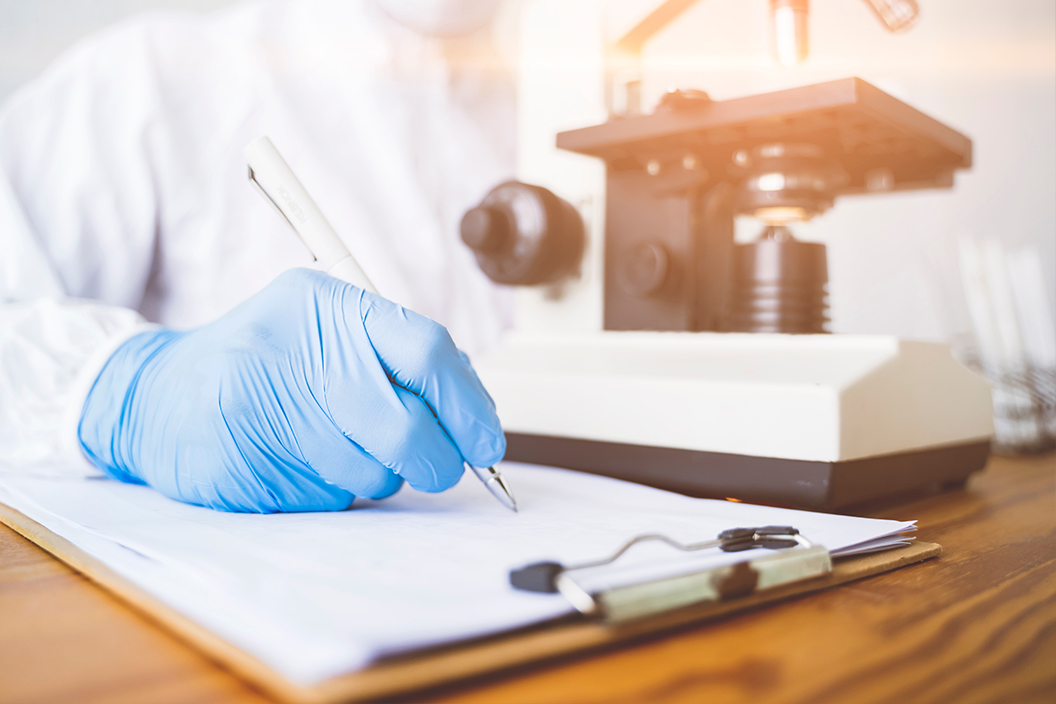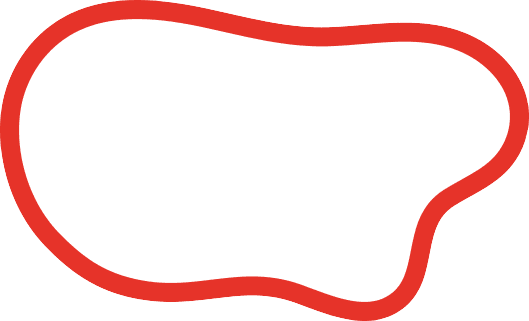SameSpots is user-friendly and straightforward. Therefore, the analysis is 4x faster compared to the competitor software. The minimal user intervention that is necessary to perform the analysis speeds up the process and ensures reproducibility of the results independent of the individual user. SameSpots will enable us to set up a rapid 2D gel analysis workflow to generate exact and highly reproducible data in our lab.
Dr Katja Schlink
- Research Centre for Agriculture and Forestry, Laimburg, Italy
SpotMap played an integral role in our comparison of proteomes of different cell lines during the process of choosing a proper antigen for antibody development. The ability to overlay gels and assign numbers to each protein spot was especially useful in determining similarities and differences between gels without duplicating identified spots.
Industry User
CLIQS 1D pro is excellent software for the study of SSCP gel fingerprinting. Thanks to its characteristics we have been able to estimate the diversity index and similarity profile of our samples, we have also obtained the different matrices generated by the software. This software is also easy to use and very intuitive; this fact is very important and difficult to find in other similar software.
Matteo Evangelisti, Ph.D.
- Universita Tor Vergata, Italy
The research focussed on the role of bacteria and fungi in sustainable agricultural practices. This required comparing bacterial and fungal communities in different types of crop rotations, fertilizer treatments and irrigation regimes. The main problem faced by the researchers was handling distortion in gels that were run and pooled. Even when gel images were acquired, analysis was difficult due to hard to use software, software that only used proprietary image formats or software that had limited analytical capacity. CLIQS 1D Pro provided a versatile tool to analyse all types of images and quickly and easily compare images from different experiments.
A collaborative study between the Environmental Sciences Institute, Florida and the University of Florida.
We moved to SameSpots as it gives much more robust analysis of DIGE experiments - no ‘missing data’ issues and lots of statistical tools. The other major factor is that TotalLab is continually improving the software and works closely with customers to respond to their needs and suggestions.
Mike Dunn
- Professor of Biomedical Proteomics, UCD Conway Institute, Ireland and Vice-President of the British Society for Proteome Research, Dublin, Ireland
The alignment procedure in SameSpots allows truly near complete matching of all spots across all the images of the experiment. And this is done in a fast, nearly automatic way. This makes not only image analysis easier and operator independent, but it makes statistics much more robust. There’s no worries about differences not detected as significant because of poor matching, without spending hours and hours reviewing the results. The built-in statistics provide also nice tools to check the consistency of the data through PCA analysis, find patterns of expression, and evaluate the significance of observed differences.
Francesc Canals
- Institut de Recerca Hospital Univ. Vall d'Hebron, Barcelona
SameSpots has greatly reduced the time needed for 2D-DIGE analysis. I can now complete an analysis in less than one-quarter of the time that it would have taken when using the previous supplier's software, while at the same time obtaining more consistent and reliable results due to the excellent gel alignment and spot matching features. SameSpots is also very easy to use and makes spot editing across gels as simple as just one click, rather than having to visit each gel individually to make all of the changes. I have no doubt that SameSpots will very quickly pay for itself in the terms of salary time alone.
Todd M Umstead
- Pennsylvania State University College of Medicine, US
In clinical proteome research, many samples must be analysed because of individual differences. We are currently running more than 1500 2D-DIGE gels per year. SameSpots accurately analyses such large gel numbers in a very short period. We also need to use data-mining tools effectively, which makes matching very important. SameSpots generates good data for data-mining study.
Prof. Tadashi Kondo
- National Cancer Center Research Institute, Japan
Unbiased differential quantitative analysis of clinical material can be performed by 2D-PAGE. However, the high inter-individual variation usually found in clinical material demands for a method that allows for the analysis of large number of samples in combination with a small gel-to-gel variation. 2D-DIGE is a method that full fills the requirement for low gel-to-gel variation and a reasonable throughput. However, this approach only become useful if all protein spots from a large number of samples can be correctly matched in an efficient way. SameSpots meets these criteria because it takes full advantage of the DIGE concept, not only for generating the quantitative data but also by its unique matching technology which generates a 100% match rate, regardless of how many samples are analysed.
Jorgen Ostling
- AstraZeneca R&D Molndal, Sweden
SameSpots and its statistic tools have become indispensable in our gel-based proteomics workflows.
Dr Friedrich Lottspeich
- Max Planck Institute of Biochemistry, Martinsried, Germany
SameSpots delivers an alternative starting point for 2D image analysis which offers significant improvements in image matching. The benefit of reliably matching spots across all gel images, from the start, means you can quickly focus your research efforts on investigating the few spots showing statistically valid changes – which are indicative of potentially interesting expression profiling changes.
Professor Mark S. Baker
- CEO, Australian Proteome Analysis Facility Ltd (APAF)

